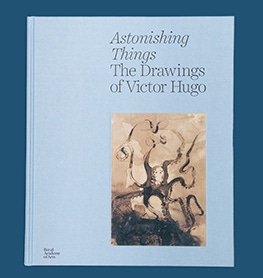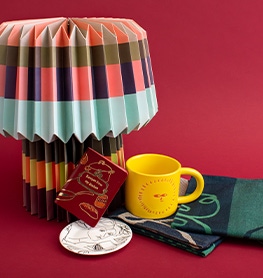John Gibson: A British Sculptor in Rome Softback
This book examines the work of the Victorian era’s most celebrated, yet often overlooked, sculptor John Gibson. Using letters, plaster reliefs, marbles, drawings, notebooks and objects to present a comprehensive account of Gibson’s time in the workshop of Canova – the greatest of Neoclassical artists.
More details
| Material | Paperback |
|---|---|
| Dimensions | 22.8 x 17cm |
| EAN/ISBN | 9781910350577 |
| No. of Illustrations | 50 |
| No. of Pages | 72 |
| SKU | 02085102 |
Delivery & Returns
UK Delivery
Enjoy free shipping on all UK orders above £50. For orders below £50, shipping is £4.95. We aim to deliver your order within 3-5 working days.
International Delivery
Shipping costs will be calculated at checkout, based on weight and destination.
For all orders outside the UK, VAT is deducted from your order at checkout. Your order may be subject to customs duties, taxes and courier charges. You are responsible for paying these charges. Please check with your local customs office for more information.
Temporary Suspension of Shipping to EU, EEA and Northern Ireland
We have temporarily halted shipping to EU, EEA and Northern Ireland due to the new GPSR regulations which came into effect on December 13, 2024. We are actively working on a solution to resume shipping to these regions as soon as possible. We sincerely apologise for any inconvenience this may cause.
For more information please refer to our Delivery Info and Returns & Refunds pages.
Product story
Born in Gyffin, near Conway, Wales, John Gibson (1790–1866) moved with his family to Liverpool, where he trained as a cabinet-maker and mason. The historian and banker William Roscoe whetted Gibson’s appetite for classical statuary, and provided him with a scholarship and funds to visit Rome.
Gibson arrived in the city in 1817 and entered the workshop of Europe’s pre-eminent sculptor: Antonio Canova. Soon acclaimed in his own right, Gibson remained in the city until his death in 1866. Contact with artists and patrons on the Grand Tour ensured lasting links with Britain, and this publication highlights Gibson’s sculptures in such collections as the National Portrait Gallery, the British Museum, Westminster Abbey, Parliament and the Royal Collection.
Gibson bequeathed to the Royal Academy drawings, plasters and sculptures, as well as correspondences, accounts and notebooks; some reproduced here for the first time.












